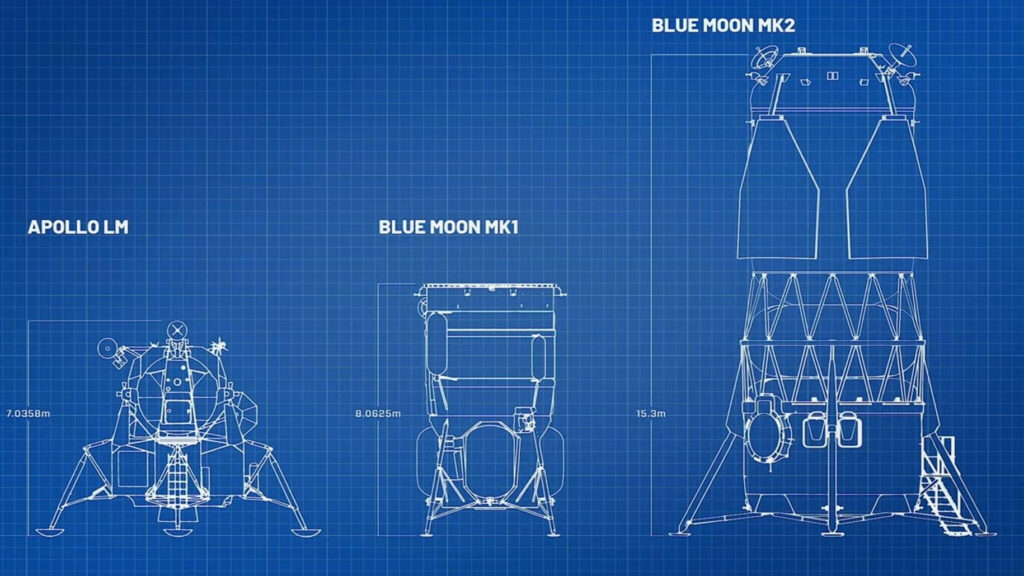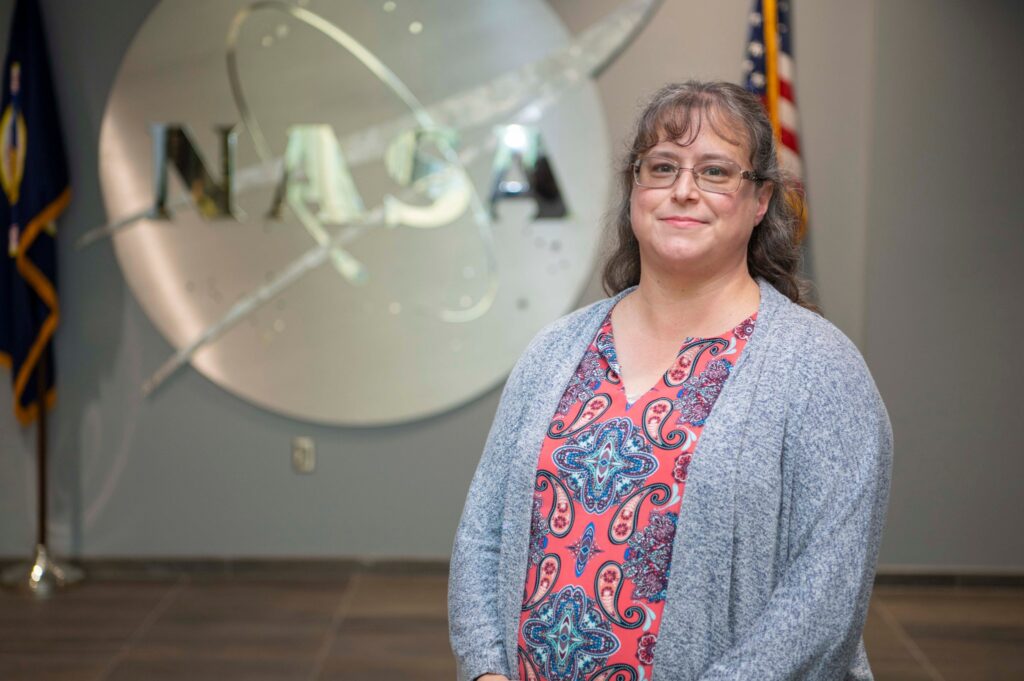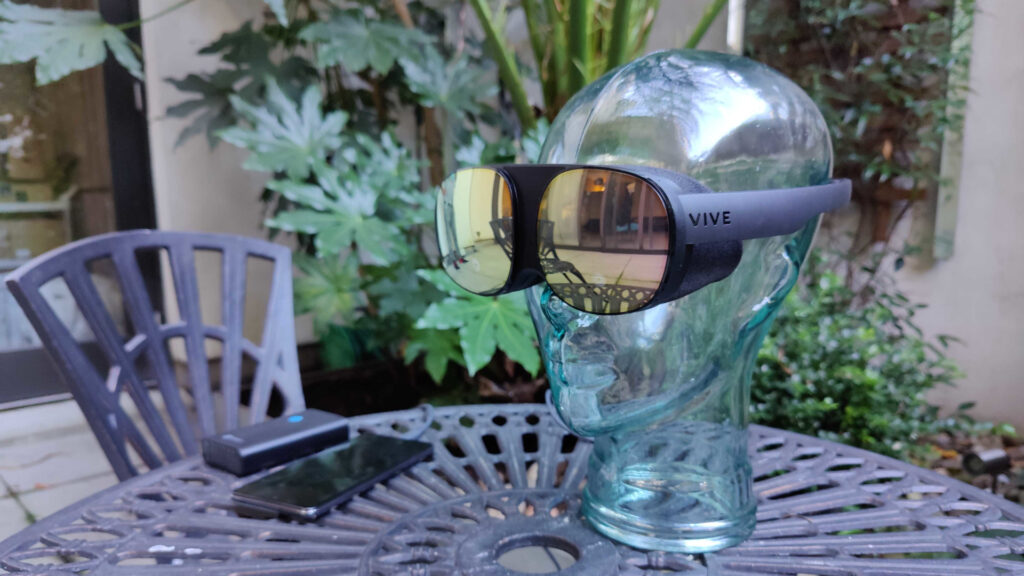It has never been easier to photograph the moon, thanks to the advent of digital camera technology. This familiar sight in our skies – our nearest neighbor in space – is a great object to start with if you’re a beginner looking to get into the wider universe of astrophotography.
If you have a smartphone, it’s likely that you’ve already tried your hand at photographing the moon, with surprisingly decent results. However, if you are keen to start capturing many of the craters, mountains and valleys that litter the lunar surface you’ll need something more substantial. This is where a DSLR (or mirrorless) camera comes into its own. With a couple of good lenses and a tripod you can easily start capturing impressive lunar photos.
Cameras and lenses: Things to consider
When it comes to choosing cameras and lenses there are a few important points to consider. Firstly, a top end expensive camera is not necessary to achieve excellent results. It would be better to spend less on the camera body and more on purchasing high quality lenses, since image sharpness and good color correction are crucial for top quality results.
There are a few different areas of lunar photography, which require different approaches. These specific areas are:
- Wide-field, landscape based photography with the moon in the scene
- Wide-field conjunction images where the moon is close to one or more of the brighter planets (Venus, Mars, Jupiter etc.)
- High resolution lunar photography
- Lunar eclipse photography


Wide-field photographic work will require lenses of around 10-50mm focal length. A high-quality, wide field zoom lens is a great choice for this type of photography, as they give you flexibility when it comes to framing the scene. Typically, most kit lenses offer this kind of focal range, so you’re probably already good to go here. Steer clear of lower quality, cheap lenses if possible. This will help you avoid problems such as chromatic aberration, where fine details can appear smeared and bright objects (such as the moon) are marred with spurious colors.
A good quality, telephoto lens is necessary for high resolution photography – something around the 200-400mm focal length is ideal. Again, as with wide-field work, always try and use a good quality lens. Telephoto lenses can reveal a considerable amount of detail across the lunar disk, including craters on the surface. Telephoto and supertelephoto lenses are expensive, though, so there are a couple of tricks you can try to get more out of standard and 200mm zoom lenses.
You’ll probably be able to get a 1.4x or 2x teleconverter that will boost your maximum zoom (usually at the cost of aperture width). That’s a good solution for shooting the moon, as you won’t necessarily need the lower f-numbers. A less effective way to do it (although likely cheaper still) is by taking advantage of the crop factor of APS-C lenses on full-frame cameras, but we will cover this more complex process in a forthcoming guide.

Wide-field photography
When it comes to taking wide-field lunar photos, which typically include some terrestrial foreground, there are several points to consider. The camera should be mounted to a firm tripod to allow you to carefully frame the scene you want. Composition of the scene is crucial to good results, and it can be worth traveling out into the countryside if you live in a built up city location.
Typically you’ll be shooting at pretty low ISO of 100-400 to keep noise to a minimum. A remote cable release is helpful – but not essential – since you can also use the camera self-timer to avoid camera shake when taking the shots. Focus the scene carefully – auto focus routines usually work well, but if not try manual focusing using your ‘Live View’ feature. Exposure times will vary depending upon the lighting condition, and because you’re shooting a wide-field, you’re not going to get as much detail on the moon so as long as you’re shooting between f/6.5 and f/9 you’ll get a well balanced shot. You need to pay more attention to the exposure when shooting a close-up, as we’ll discuss below.
Typically the best times to shoot these wider field lunar photos are during sunset or sunrise when the moon presents a crescent phase in the twilight sky, or when the moon is placed close to one of the brighter planets. Moonrise and moonset photos produce especially striking images, with the deep red lunar disk presented against a foreground scene.
Wide lenses are also useful if you’re looking to capture images of the night sky, which is another good starting point for budding astrophotographers. For more tips on how to approach this, have a look through our astrophotography for beginners guide.

Shooting close-ups
Close-up photos present lots of different considerations. For shooting at high focal lengths a good stable tripod is helpful, but you also need to focus the image carefully. We prefer using the ‘Live View’ feature for close-ups and zooming in to really get a clear view of what the camera is seeing.
The phase of the moon itself will play a key role in the appearance of features that are visible in close-up photos. When the moon is close to full, the disk can look quite flat due to the directing solar lighting. A better time to try taking close-up photos is when the moon is well away from being full – around half phase. It is at these times the lighting across the lunar surface really brings out the rugged lunar topography of the surface, which is dotted with shadow-filled craters and valleys.
For camera settings, ISO again is typically low (100-400) and exposure times are short. Of course this will vary depending upon the lunar phase and focal ratio you are shooting at. When shooting such images it’s always a good idea to stop down the f-ratio a little, as many lenses produce their sharpest images when not wide open (using f/4 to f/9 instead of f/2.8 for example). Try to remember that the moon is a moving object (it travels at 2,288mph), and the earth is rotating too, so longer exposures won’t produce the best results. For close-ups we find the best results happen around 1/125 to 1/500 second, and if you can achieve that with an aperture between f/6.5 and f/13, you’ll end up with a crisp, clear photo.
One exception to the above is lunar eclipses. These occur periodically when the moon becomes either partially or completely emerged within Earth’s shadow. During such times the moon often turns a striking coppery color, giving rise to the often used ‘blood moon’ description. During a total lunar eclipse the moon becomes fainter than normal, so longer exposure times are required, along with higher ISO settings.
The moon is a fantastic target to try your hand at photographing. With the plethora of cameras and lenses on offer today it’s possible to try your hand at doing this even on a fairly modest budget. From beautiful evening sunset portraits to close-up views of the barren and rugged surface, the moon always has something on offer to see, for photographers old and new.


